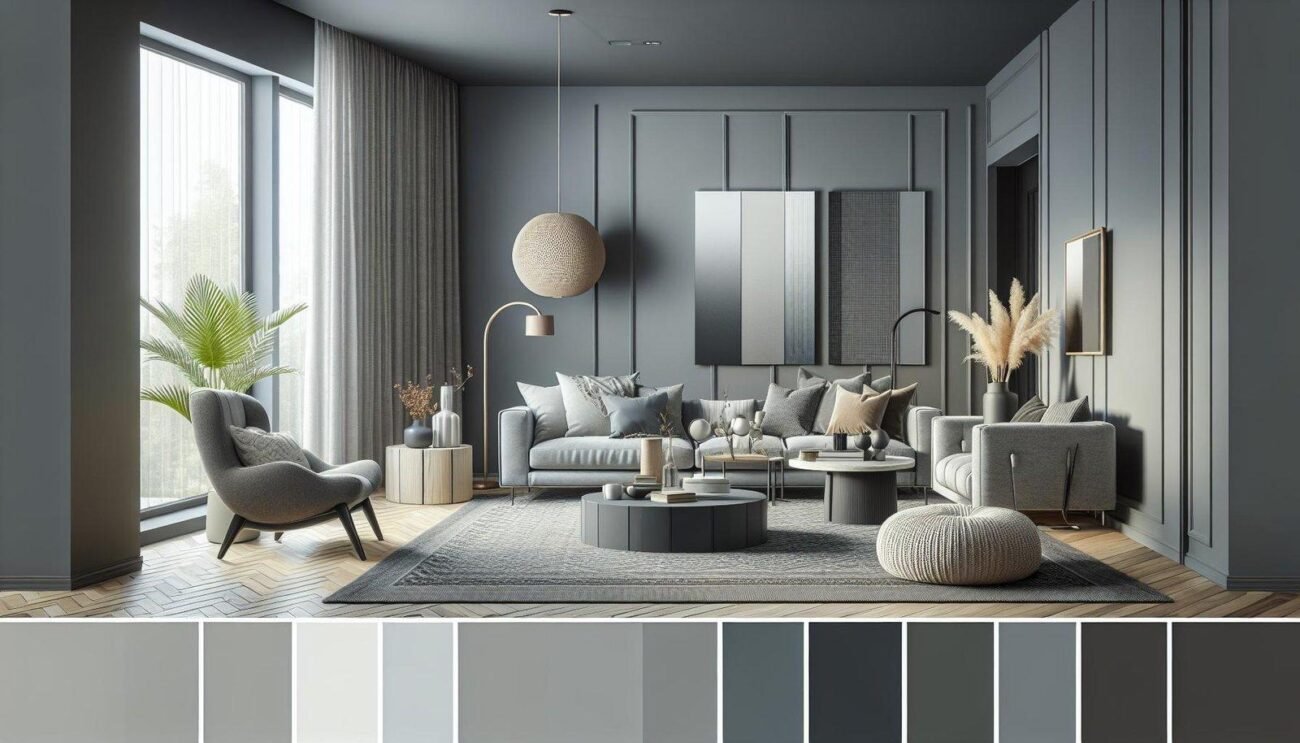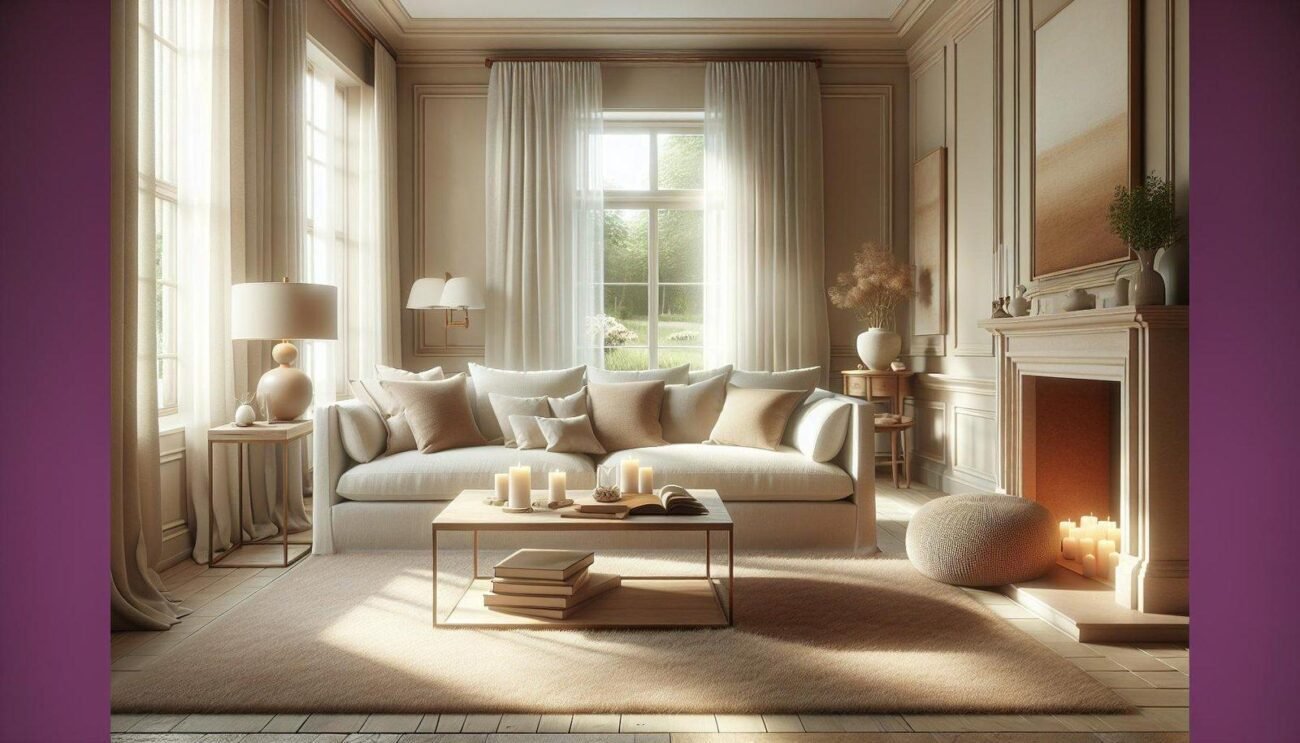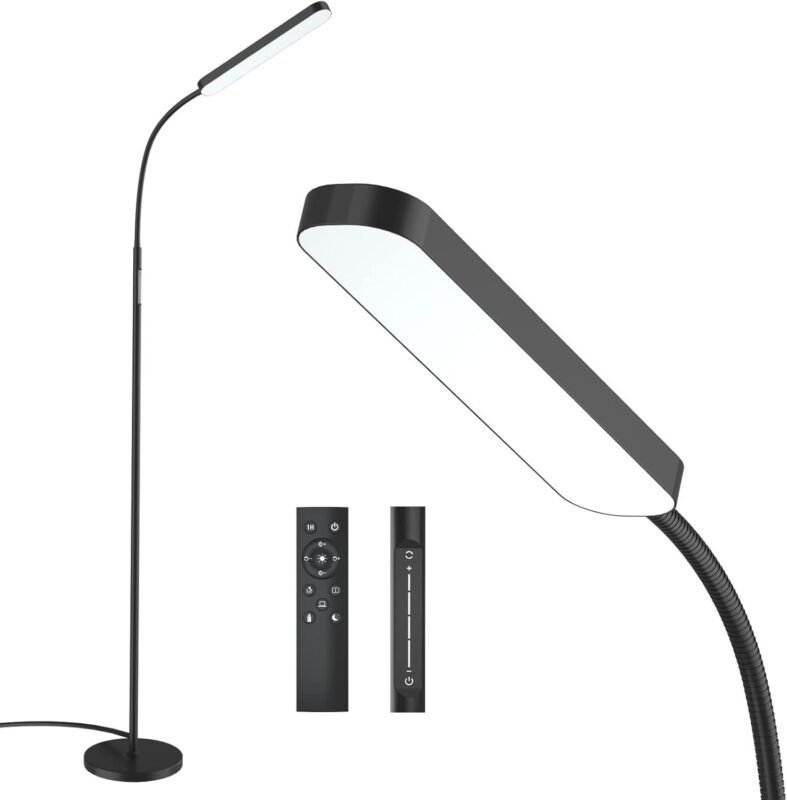How can I incorporate a mix of textures with plants in my living room decor?
Creating a living room that feels both inviting and visually dynamic often comes down to the thoughtful layering of textures—and what better way to achieve this than by incorporating a variety of plants? Mixing different plant textures can add depth, contrast, and a touch of nature’s charm to your space. Whether you prefer the soft, feathery leaves of ferns or the bold, spiky forms of succulents, combining diverse textures helps create a rich, harmonious habitat. In this article, we’ll explore practical tips and creative ideas to help you blend plant textures seamlessly into your living room decor, making your space feel lively, balanced, and uniquely yours.
Choosing the Right Plants to Add Diverse Textures to Your Living Room
Start by selecting plants that offer a variety of leaf shapes, sizes, and surface finishes. Such as, pairing the broad, glossy leaves of a Monstera deliciosa with the fine, feathery foliage of an Asparagus fern creates a striking contrast. Succulents with thier thick, fleshy leaves add a entirely different texture compared to trailing vines like Pothos, which have smooth, cascading greenery. Incorporating plants with different heights and growth habits further enhances the layering effect, making your living room feel more dynamic and inviting.
Use this simple plant texture guide to mix and match effectively:
| Plant type | Leaf Texture | Ideal Placement |
|---|---|---|
| Snake Plant | Upright, stiff, smooth | Corner or floor-standing pot |
| Boston Fern | Soft, feathery | Hanging basket or elevated shelf |
| Rubber Plant | Broad, shiny, thick | Side table or plant stand |
| Air Plant | Spiky, delicate | Terrariums or wall-mounted displays |
| Fiddle Leaf Fig | Large, leathery, smooth | Near windows or as a statement piece |
Mixing textures not onyl enhances visual interest but also brings a tactile richness to your living space. Combine plants with smooth, glossy surfaces alongside those with fuzzy or rugged leaves to engage multiple senses. Remember that pot materials and shapes can complement this textured plant arrangement—think woven baskets for softness or sleek ceramic pots for a polished look. Embracing diversity in both plants and containers ensures your living room becomes a lush retreat filled with delightful sensory contrasts.
Pairing Plant Textures with Furniture and Accessories for a Balanced Look
To create a harmonious living room where plants and decor coexist beautifully, start by considering the texture of your furniture as your base. Smooth surfaces like glass or polished wood can be softened with the lush, tactile presence of broad-leafed or fuzzy plants such as rubber plants or lamb’s ear. Conversely, if your furniture pieces have rugged or woven textures—think rattan chairs or distressed wood coffee tables—pairing them with sleek succulents or trailing ivy adds a refreshing contrast that keeps the space dynamic and inviting.
When accessorizing, think in layers of texture to achieve balance.Incorporate items like woven baskets for plant pots,soft linen or velvet cushions,and metallic or ceramic vases to add depth and interest without overwhelming the senses. Here’s a fast guide for texture mixing:
- Glossy furniture: Matte leaves, soft textiles
- Rough wood or wicker: Shiny ceramics, smooth foliage
- Neutral tones: Vibrant green plants, colorful accents
- Bold patterns: Subdued plant varieties, minimalist accessories
Using Pots and Planters to Enhance Texture Variety and Visual Interest
Choosing the right pots and planters can dramatically elevate the tactile and visual allure of your indoor garden. By mixing materials such as rustic terracotta, sleek ceramic, and woven baskets, you introduce a layered sensory experience that complements the foliage. Consider pairing glossy glazed pots with rough, unpolished counterparts to balance shine and matte finishes. Additionally, incorporating planters with interesting shapes—like geometric patterns or organic curves—can create visual intrigue and help define focal points within your living space.
To enhance the diversity of textures,try combining pots with different surface techniques: hand-painted designs,natural wood grain,and distressed metal are all excellent choices. Here’s a quick guide to mixing planter styles for optimal effect:
| Planter Style | Texture | Effect |
|---|---|---|
| Terracotta | Porous, earthy | Warmth & rustic charm |
| Ceramic Glazed | Smooth, shiny | Modern & polished look |
| Wicker Basket | Natural weave | Cozy & organic feel |
| Metal | Cool, reflective | Industrial & contemporary edge |
Strategically placing these diverse pots around your living room not only breaks monotony but also emphasizes the unique textures of each plant type.Consider elevating smaller pots on stands or grouping differently sized planters together to add height variation and dynamic layering, creating an inviting and multidimensional aesthetic.
Tips for Maintaining healthy Plants While Keeping Your Decor Stylish
Balancing texture and care starts with selecting the right plants for your environment. Opt for a variety of leaf shapes, sizes, and finishes to create visual interest—think velvety fiddle leaf figs paired with the glossy leaves of a rubber plant. Remember, each plant style comes with unique care needs, so group those with similar watering and light requirements together. This not only simplifies maintenance but also ensures your plants thrive, keeping your living room vibrant and your decor effortlessly chic.
To prevent your stylish plant corner from becoming overwhelming, incorporate decorative elements that complement the textures of your greenery. Use planters made from contrasting materials like woven baskets, matte ceramics, or sleek metals. consider the feel of your textiles and furniture — a chunky knit throw or a smooth leather chair can enhance the tactile experience. Here’s a quick guide to help you match plant texture with decor finishes:
| Plant Texture | Ideal Decor Complement |
|---|---|
| soft, fuzzy leaves (e.g., Lamb’s Ear) | Natural woven baskets or linen throw pillows |
| Glossy, smooth leaves (e.g., Rubber Plant) | Matte metal or ceramic planters, leather furniture |
| Thin, feathery foliage (e.g.,Asparagus Fern) | Glass vases or sleek wooden surfaces |
To Conclude
Incorporating a mix of textures with plants in your living room decor is a fantastic way to create a space that feels both inviting and visually dynamic. By combining the natural softness of leafy greens with the varying textures of pots, furniture, and textiles, you can add depth and personality to your room. Remember to experiment with different plant types—such as spiky succulents,smooth-leaved philodendrons,or fuzzy ferns—and pair them thoughtfully with materials like woven baskets,ceramic planters,and plush cushions. With a little creativity and attention to detail, your living room will become a vibrant, textured oasis that brings nature and style seamlessly together.












